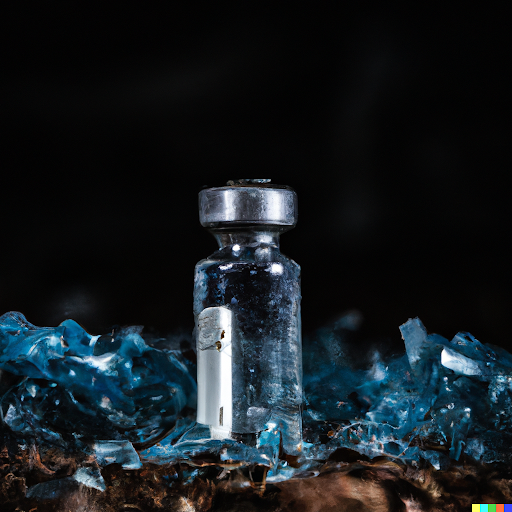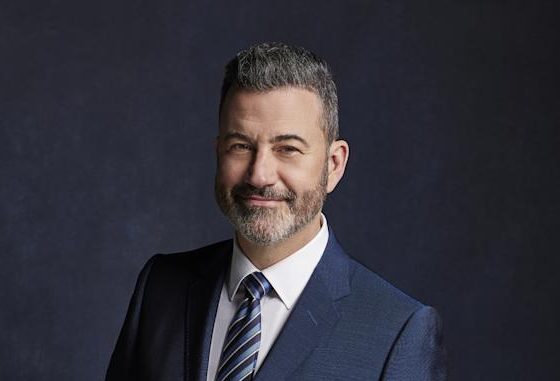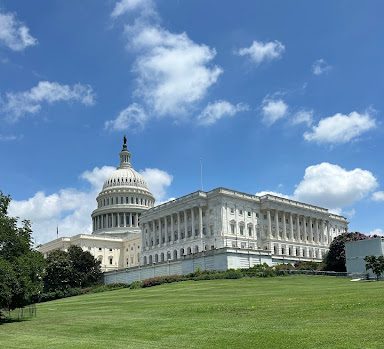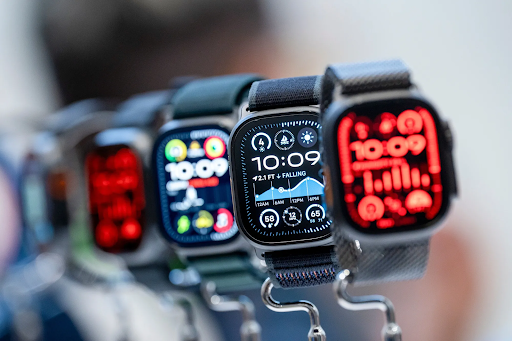
On January 19, 2022, billionaire entrepreneur Mark Cuban, most famously known for his NBA team the Dallas Mavericks and appearances on “Shark Tank,” launched a pharmaceutical company Cost Plus Drugs to “disrupt the drug industry and to do our best to end ridiculous drug prices.” On August 16th, 2022, only a few months after Cuban’s launch, Congress ratified the Inflation Reduction Act: Capping the out of pocket costs for insulin at $35/month for medicare beneficiaries. But many critics are saying that these changes are only a bandaid on a bullet wound.
American politician, pharmacist, and critic Rep. Buddy Carter quotes that, “instead of fixing a broken system, this bill aims to control it.” He also calls the bill a “socialist plan.” As a response to these growing critiques and mass pressure from patient advocates and lawmakers, Lilly (a pharmaceutical company founded in 1876) said, “it will cut the list price for its most commonly prescribed insulin, Humalog, and for another insulin, Humulin, by 70% in the fourth quarter, which starts in October.”
This looks great from the surface, but Stacie Dusetzina, a health policy professor at Vanderbilt University, thinks otherwise, noting that: “their moves likely won’t affect Lilly much financially because the insulins are older and some already face competition.” By taking such drastic measures so late in the game, Lilly’s actions feel more pitiful than driven, especially to families like Landon Johnsons.
In 2019, after being forced to ration a $1200/month supply of insulin to handle basic living expenses, Landon Johnson died of diabetic ketoacidosis.
The man who invented insulin, Frederick Banting, is famously known for his statement “Insulin does not belong to me… It belongs to the world,” selling his patent for $1 to the university of Toronto. Nearly 100 years later in 2022, Eli Lilly made a 3 billion dollar revenue on insulin, raised the price of Humalog by 1000 percent, and only in March of 2023 decided to reduce the price of insulin to $66 (more than triple the cost when first introduced to the market in 1996).












